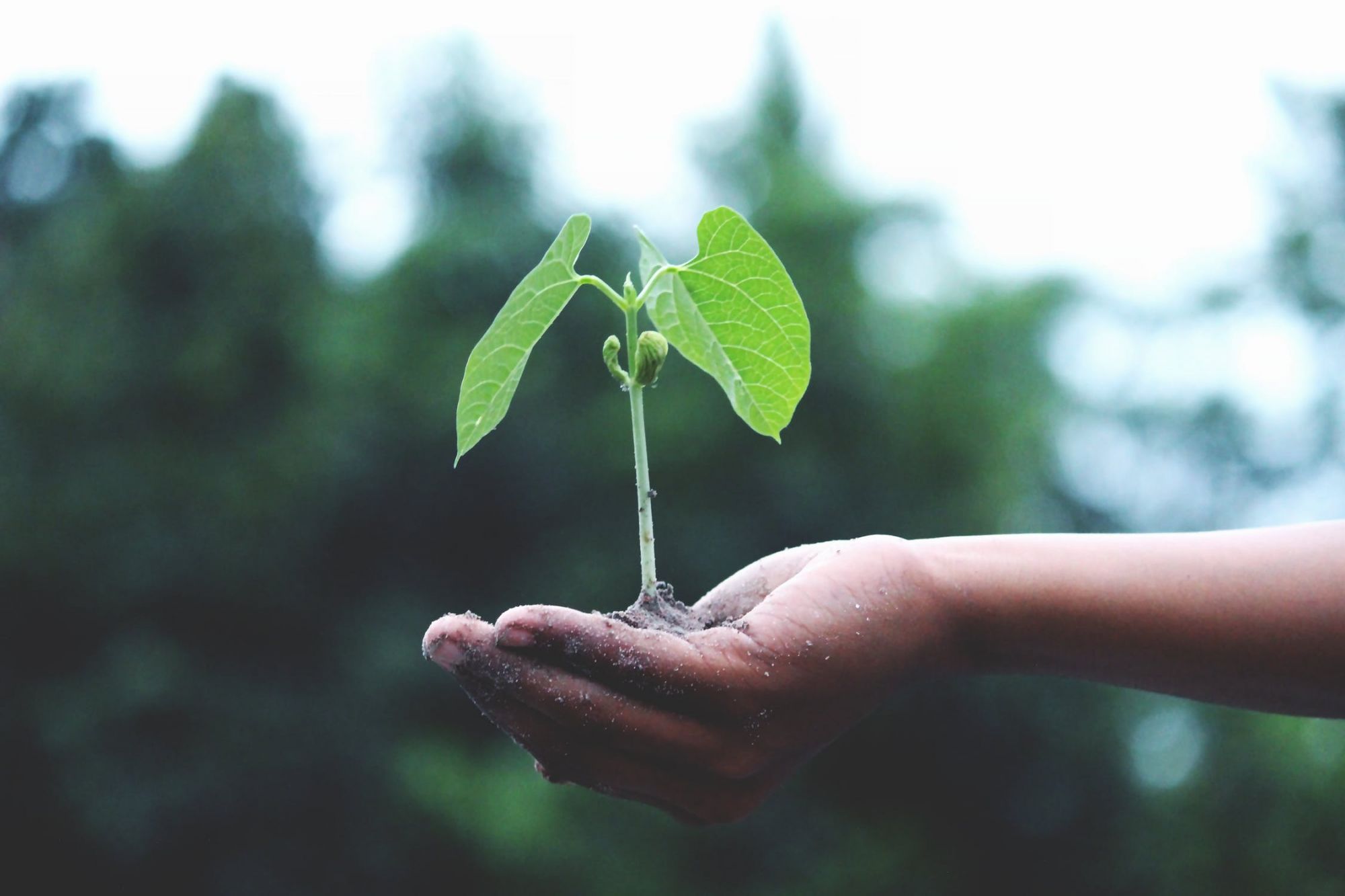
Impact investing can work well with what I call "holistic wealth", the concept that true wealth comes when your mind, body, and finances are in balance, rather than skewed toward the sole pursuit of becoming rich.
(Related: 5 Stocks Millennials Are Investing In)
Why impact investing?
Many investors want to produce benefits for the planet and for society by spurring business innovation, not just engaging in philanthropy.
Impact investing can do this by coupling social and environmental good with monetary yield. There’s an array of impact investing targets, including hunger, health, education, sanitation, good jobs, infrastructure, responsible consumption, sustainable cities, and peace and justice.
Already, the field has become pretty big: a survey by the Global Impact Investing Network (GINN) found that among 226 of the world’s leading impact investors, a total of US$228bn is invested in impact-related assets.


